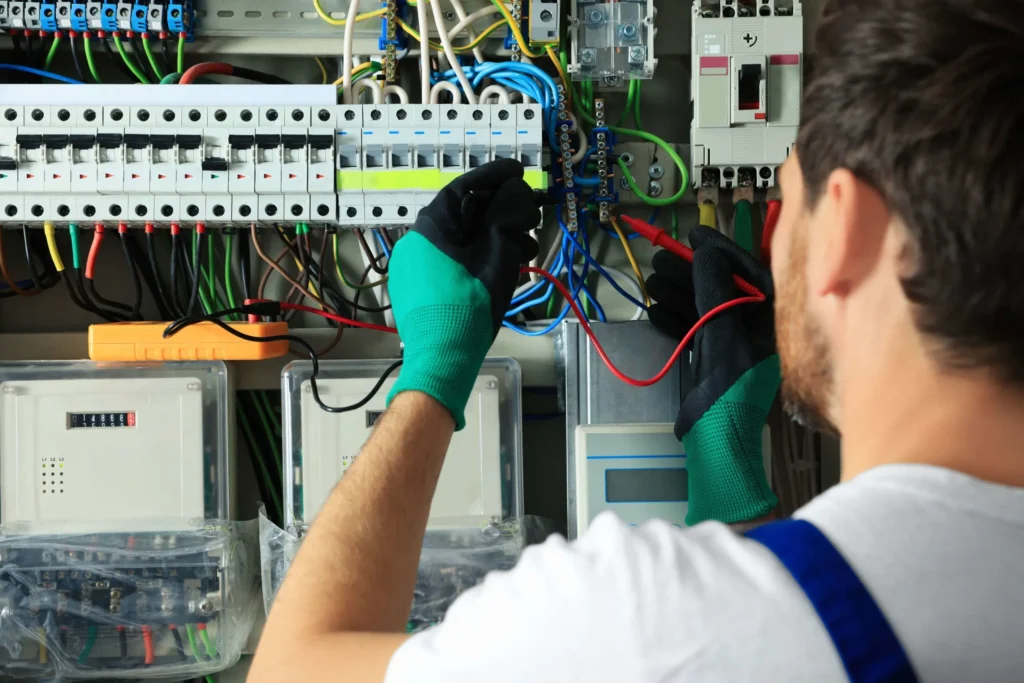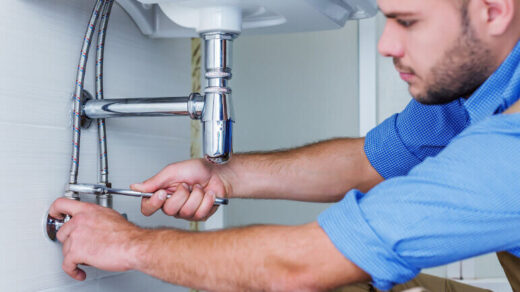Electrical systems are the lifeline of modern life and industrial production. Any malfunction directly disrupts operations. Mastering proper electrical repair knowledge not only solves problems quickly but also ensures operational safety.

I. Common Electrical Fault Types and Symptoms
Short Circuit Faults
Typical symptoms: Frequent circuit breaker tripping, sparks from sockets, burning odors.
Main causes: Aging insulation, incorrect wiring, leakage due to humid environments.
Overload Faults
Typical symptoms: Overheating wires, melted plugs, unstable voltage.
Main causes: Concentrated use of high-power appliances, insufficient line capacity.
Poor Contact
Typical symptoms: Flickering lights, unstable appliance operation.
Main causes: Loose terminals, oxidation or corrosion.
II. Safe Repair Operation Specifications
Pre-Repair Preparation
- Must cut off power and verify with a tester.
- Prepare insulated tools (voltage tester, insulated gloves, etc.).
- Set up warning signs to prevent accidental power restoration.
Basic Repair Methods
- Short circuit repair:
- Segmented troubleshooting: Disconnect lines section by section for testing.
- Use a multimeter to measure line insulation resistance.
- Match wire diameter when replacing damaged cables.
- Socket repair:
- Check terminal tightness.
- Note polarity when replacing sockets (left for neutral, right for live wire).
- Use waterproof sockets in humid environments.
- Lighting circuit repair:
- First check switch contacts.
- Test lamps and ballasts.
- Pay attention to LED driver power failures.
III. Judging Professional Repair Scenarios
Contact a certified electrician for:
- Main distribution box faults.
- High-voltage equipment issues (transformers, capacitor cabinets, etc.).
- Cable joints requiring hot work.
- Wiring modifications involving building structures.
IV. Electrical System Maintenance Recommendations
Regular Inspection System
- Test residual current devices monthly.
- Check terminals quarterly.
- Professionally test ground resistance annually.
Safe Usage Habits
- Avoid sharing sockets with multiple high-power appliances.
- Stop use and report abnormalities immediately.
- Take lightning protection measures in thunderstorms.
Upgrade Suggestions
- Replace old lines with flame-retardant cables.
- Equip important locations with UPS systems.
- Smart meters enable remote monitoring.
V. Emergency Handling
Electrical Fire Response
- Cut off power immediately.
- Use dry powder fire extinguishers.
- Never use water.
Electric Shock First Aid
- Use insulated objects to remove the power source.
- Perform CPR immediately.
- Call emergency services.
Conclusion
Electrical repair is highly professional. Ordinary users can only conduct simple troubleshooting and basic repairs. For complex issues, always contact professional electricians.


